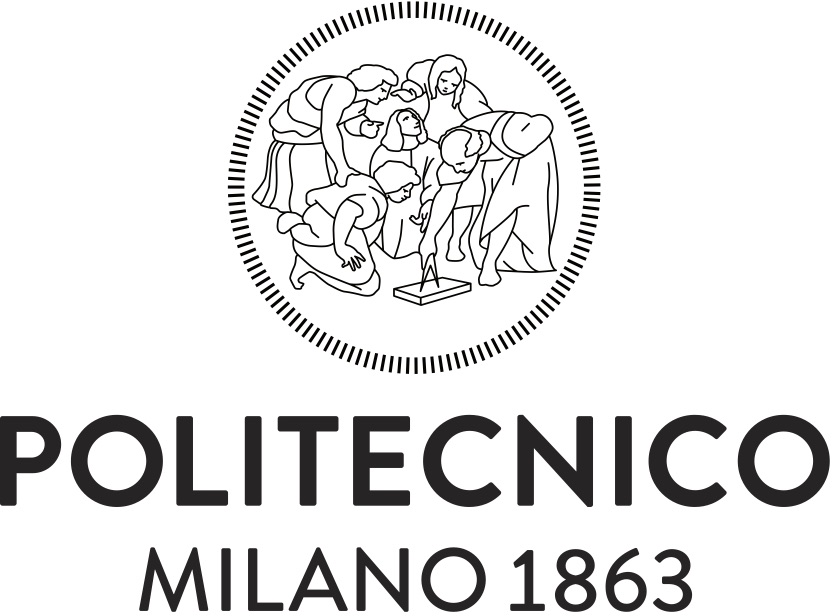Our recent research on the role of individuals who do not comply with public health safety measures in epidemic context has been published in the Proceedings of the Royal Society A. The study shows how risky behaviours in case of pandemic and epidemic settings can undermine public health interventions. This is particularly relevant in urban … Continue reading A data-driven analysis of the impact of non-compliant individuals on epidemic diffusion in urban settings
Category: social network analysis
Discovering Hidden Communication Patterns and Informal Organization in Companies through Graph Analysis
In this study, we present a comprehensive framework for capturing, processing, and analyzing large-scale digital communication data to uncover hidden informal communication patterns within a real-world corporate environment. We run our study on a unique dataset of 40.425.247 email messages exchanged within a banking company, spanning a two-year period. Based on this information, we construct … Continue reading Discovering Hidden Communication Patterns and Informal Organization in Companies through Graph Analysis
Hierarchical Transformers for User Semantic Similarity.
We discuss the use of hierarchical transformers for user semantic similarity in the context of analyzing users' behavior and profiling social media users. The objectives of the research include finding the best model for computing semantic user similarity, exploring the use of transformer-based models, and evaluating whether the embeddings reflect the desired similarity concept and can be used for other tasks.
Exploring the bi-verse: a trip across the digital and physical ecospheres
I've been invited to give a keynote talk at the WISE 2022 Conference. Thinking about it, I decided to focus on my idea of a bi-verse. To me, the bi-verse is the duality between the physical and digital worlds. On one side, the Web and social media are the environments where people post their content, … Continue reading Exploring the bi-verse: a trip across the digital and physical ecospheres
The VaccinEU dataset of COVID-19 Vaccine Conversations on Twitter in French, German, and Italian
Despite the increasing limitations for unvaccinated people, in many European countries, there is still a non-negligible fraction of individuals who refuse to get vaccinated against SARS-CoV-2, undermining governmental efforts to eradicate the virus. Within the PERISCOPE project, we studied the role of online social media in influencing individuals' opinions about getting vaccinated by designing a … Continue reading The VaccinEU dataset of COVID-19 Vaccine Conversations on Twitter in French, German, and Italian
Analysis of Online Reviews for Evaluating the Quality of Cultural Tourism
we explored if social media and online review platforms can be a good source of quantitative evaluation of service quality of cultural venues, such as museums, theaters and so on.
Large-Scale Analysis of On-line Conversation about Vaccines before COVID-19
Frequent words and co-occurrences used by pro-vaccination and anti-vaccination communities. In this study, we map the Twitter discourse around vaccinations in English along four years, in order to: discover the volumes and trends of the conversation; compare the discussion on Twitter with newspapers’ content; and classify people as pro- or anti- vaccination and explore how … Continue reading Large-Scale Analysis of On-line Conversation about Vaccines before COVID-19
Are open source projects governed by rich clubs?
we analyze open source projects to determine whether they exhibit a rich-club behavior, that is a phenomenon where contributors with a high number of collaborations are likely to cooperate with other well-connected individuals. The presence or absence of a rich-club has an impact on the sustainability and robustness of the project. We build and study a dataset with the 100 most popular projects in GitHub.
Brand Community Analysis using Graph Representation Learning on Social Networks – with a Fashion Case
We exploit the network that builds around the brands by encoding it into a graph model. We build a social network graph, considering user nodes and friendship relations; then we compare it with a heterogeneous graph model.
Possible Theses in Data Science
Here is a presentation that summarizes some of the relevant topics currently available for theses within the Data Science Lab under my supervision. [slideshare id=133615547&doc=brambilla-datascience-thesis-proposals-feb2019-190227221103] Feel free to get in touch in case you are interested.





